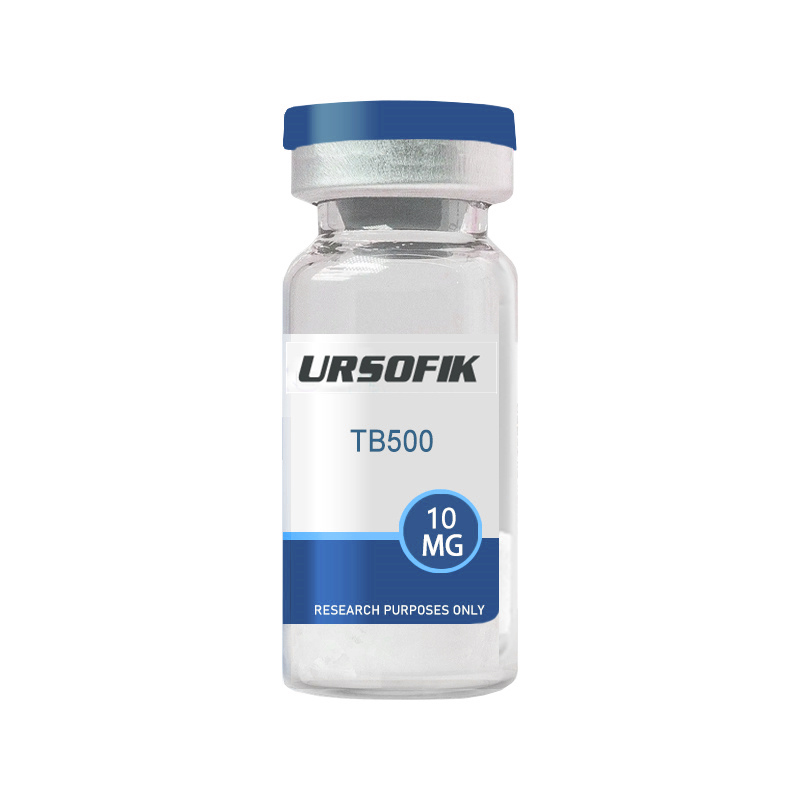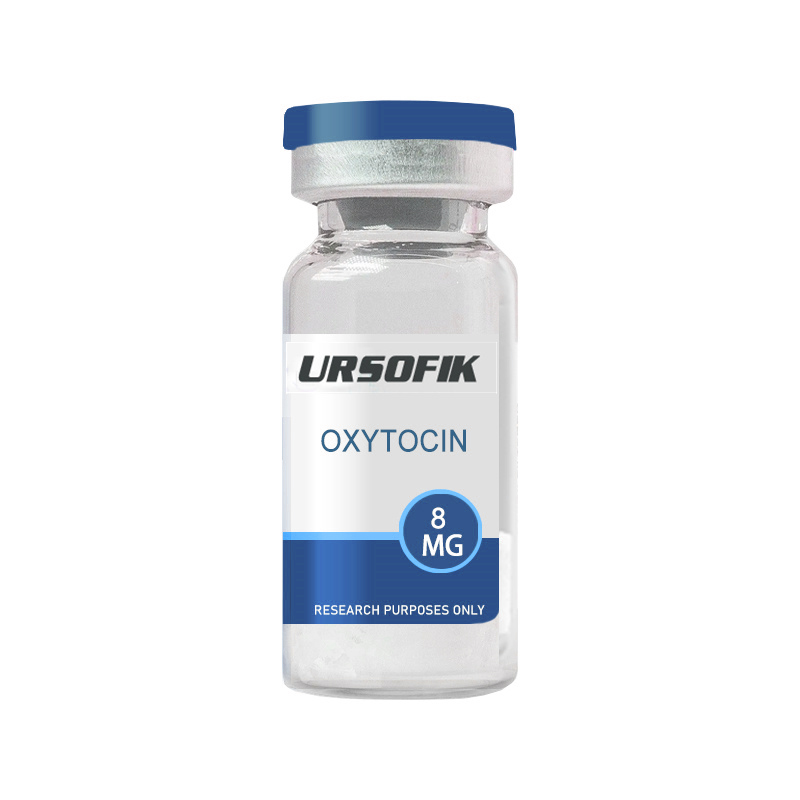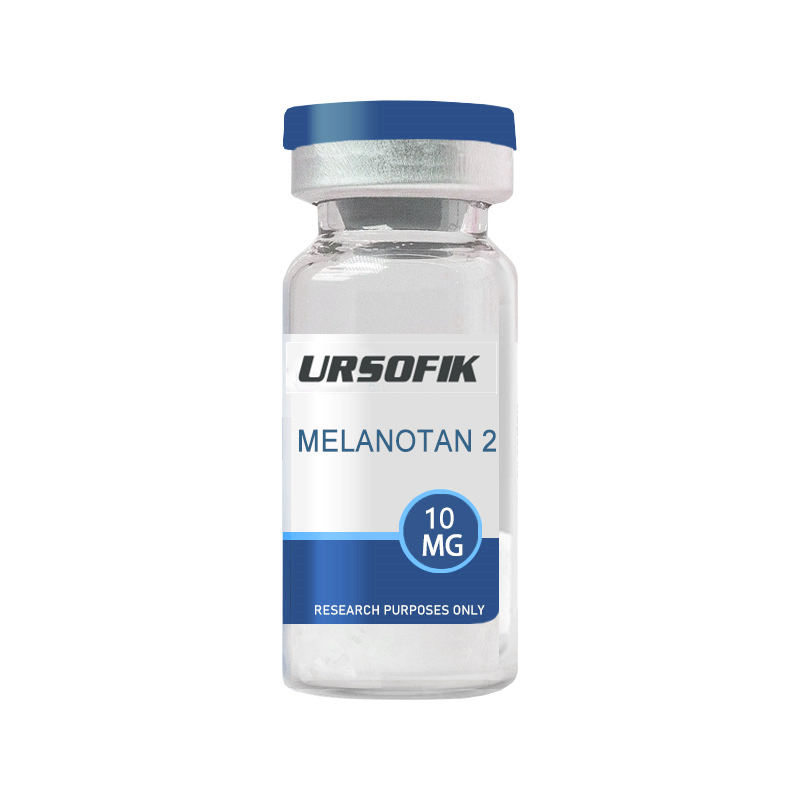

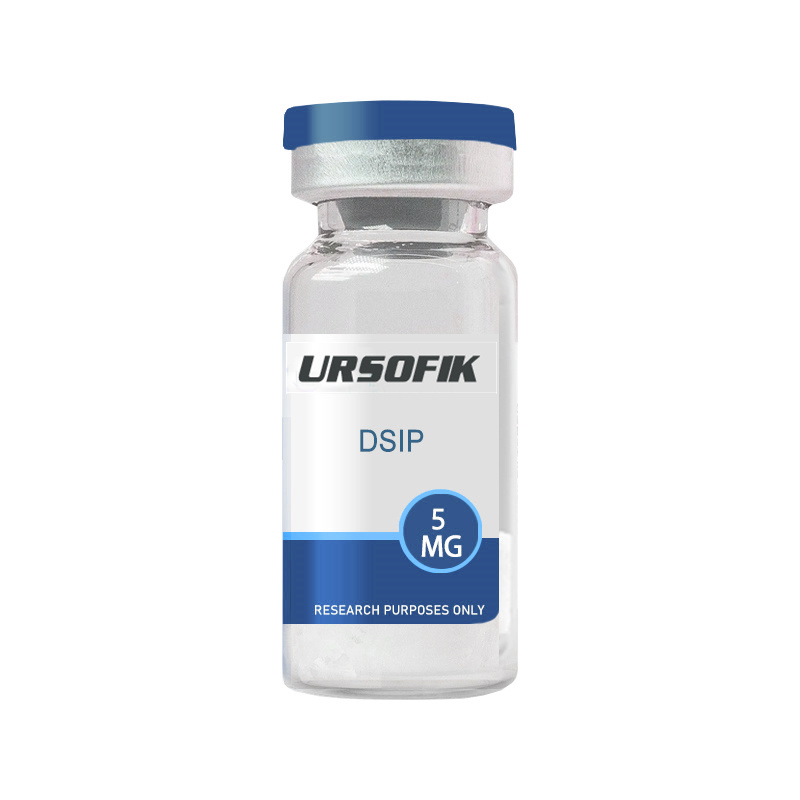
DSIP Research Overview Delta Sleep-Inducing Peptide (DSIP) is a peptide with a molecular weight of 850 daltons. It has the amino acid motif: N-Trp-Ala-Gly-Gly-Asp-Ala-Ser-Gly-Glu-C. DSIP plays various roles, such as endocrine regulation, disease and medicine, and sleep induction. However, the connection between DSIP and sleep is not fully understood due to the lack of isolation of the DSIP gene, protein, and potential receptor. Research has been conducted on the effectiveness of DSIP in treating insomnia, pain, and withdrawal. DSIP has shown the ability to counteract opiate receptors, leading to a significant reduction in opioid and alcohol dependence. Clinical trials are currently underway to explore its potential in treating withdrawal syndrome. Additionally, DSIP has been found to alleviate narcolepsy and restore disrupted sleep patterns in certain studies. DSIP and Sleep Research Delta sleep-inducing peptide (DSIP) is a nonapeptide that was discovered in 1977 for its ability to stimulate slow or delta wave sleep. DSIP has been studied for its potential therapeutic effects on sleep and pain. Here are some key findings: A study was con ...
Read More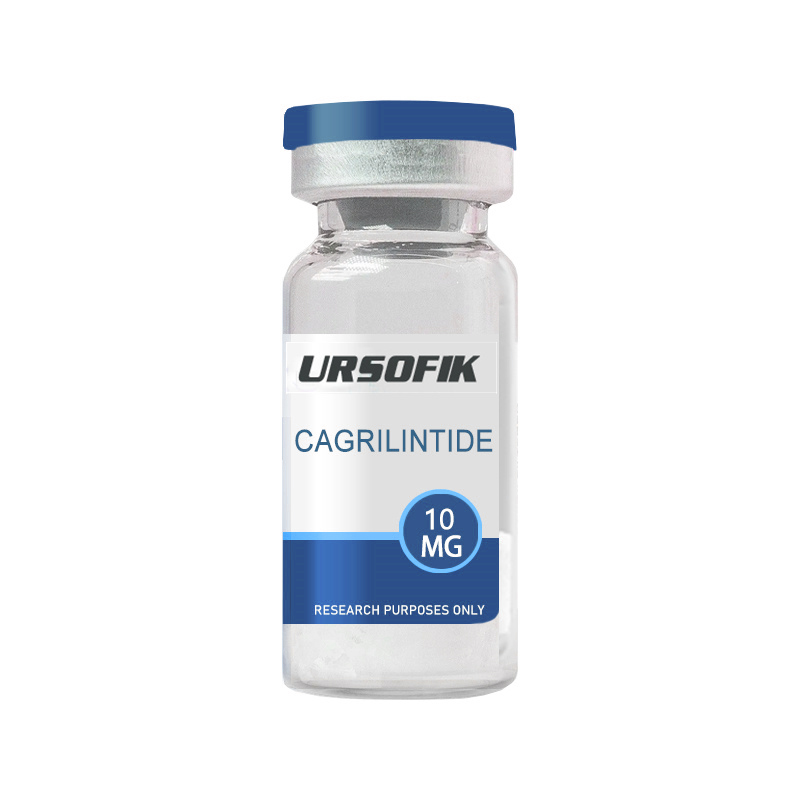
Overview : Cagrilintide is a synthetic amylin analog specifically designed for advanced preclinical research studies focused on metabolic disorders and glucose regulation . This peptide provides researchers with a valuable tool to study amylin’s role in glucose homeostasis and appetite regulation , offering important insights into metabolic conditions such as diabetes and obesity . Product Specifications : Purity : >99% (HPLC verified) Formulation : Lyophilized powder, optimized for reconstitution Molecular Formula : C₁₉₄H₃₁₂N₅₄O₅₉S₂ Molecular Weight : ~4500 g/mol CAS Number : 1415456-99-3 PubChem CID : 167312356 Research Applications : Cagrilintide is widely utilized in preclinical research models investigating the following areas: Amylin and Blood Glucose Regulation : Investigating how amylin affects glucose homeostasis in research mode ...
Read More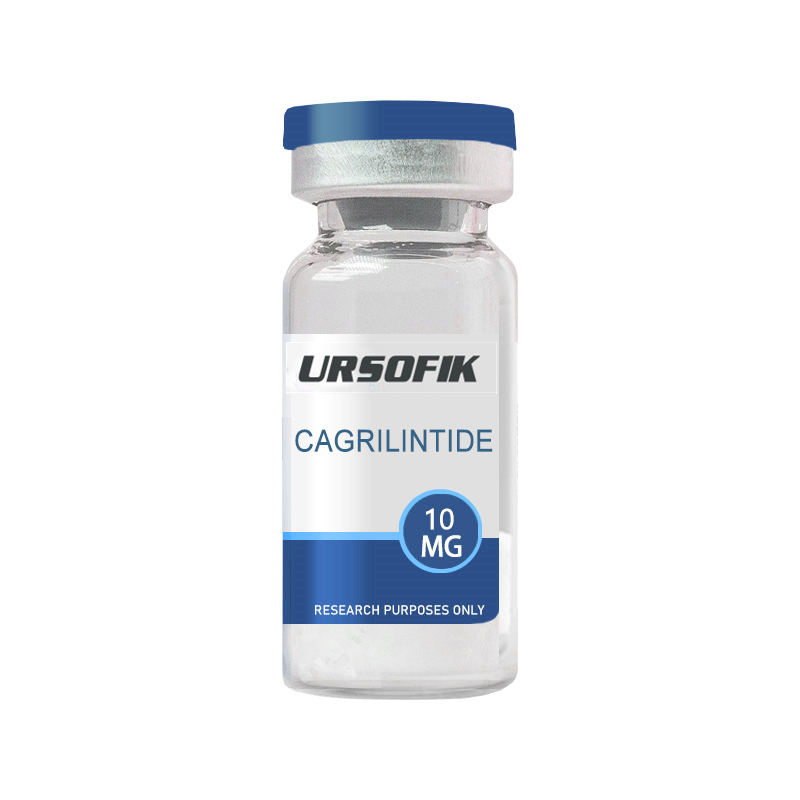
Overview : Cagrilintide is a synthetic amylin analog specifically designed for advanced preclinical research studies focused on metabolic disorders and glucose regulation . This peptide provides researchers with a valuable tool to study amylin’s role in glucose homeostasis and appetite regulation , offering important insights into metabolic conditions such as diabetes and obesity . Product Specifications : Purity : >99% (HPLC verified) Formulation : Lyophilized powder, optimized for reconstitution Molecular Formula : C₁₉₄H₃₁₂N₅₄O₅₉S₂ Molecular Weight : ~4500 g/mol CAS Number : 1415456-99-3 PubChem CID : 167312356 Research Applications : Cagrilintide is widely utilized in preclinical research models investigating the following areas: Amylin and Blood Glucose Regulation : Investigating how amylin affects glucose homeostasis in research mode ...
Read More
Overview : Cagrilintide is a synthetic amylin analog specifically designed for advanced preclinical research studies focused on metabolic disorders and glucose regulation . This peptide provides researchers with a valuable tool to study amylin’s role in glucose homeostasis and appetite regulation , offering important insights into metabolic conditions such as diabetes and obesity . Product Specifications : Purity : >99% (HPLC verified) Formulation : Lyophilized powder, optimized for reconstitution Molecular Formula : C₁₉₄H₃₁₂N₅₄O₅₉S₂ Molecular Weight : ~4500 g/mol CAS Number : 1415456-99-3 PubChem CID : 167312356 Research Applications : Cagrilintide is widely utilized in preclinical research models investigating the following areas: Amylin and Blood Glucose Regulation : Investigating how amylin affects glucose homeostasis in research mode ...
Read More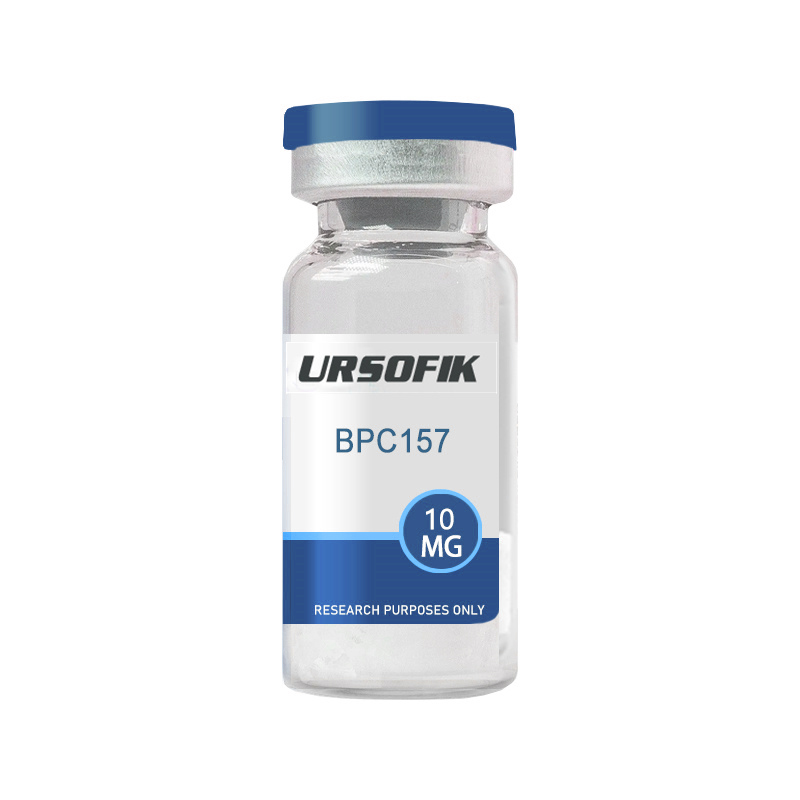
Key Benefits of BPC-157: Accelerated Healing: BPC-157 has demonstrated remarkable properties in accelerating the healing of various tissues, including muscles, tendons, ligaments, and even the gastrointestinal tract. This makes it a potential asset for individuals recovering from injuries or surgeries. Anti-Inflammatory Effects: The peptide exhibits strong anti-inflammatory properties, helping to reduce inflammation in different parts of the body. This anti-inflammatory effect can contribute to pain relief and improved mobility in individuals with conditions such as arthritis or sports-related injuries. Joint Health: Studies suggest that BPC-157 may play a role in supporting joint health by promoting the repair and regeneration of connective tissues. This can be particularly beneficial for athletes and those with joint-related issues. Gastrointestinal Support: BPC-157 has been researched extensively for its positive effects on the gastrointestinal tract. It may aid in the healing of ulcers, improve gut integrity, and support overall digestive health. Neuroprotective Properties: Some studies suggest that BPC-157 may have neuroprotective effects, potentially ...
Read More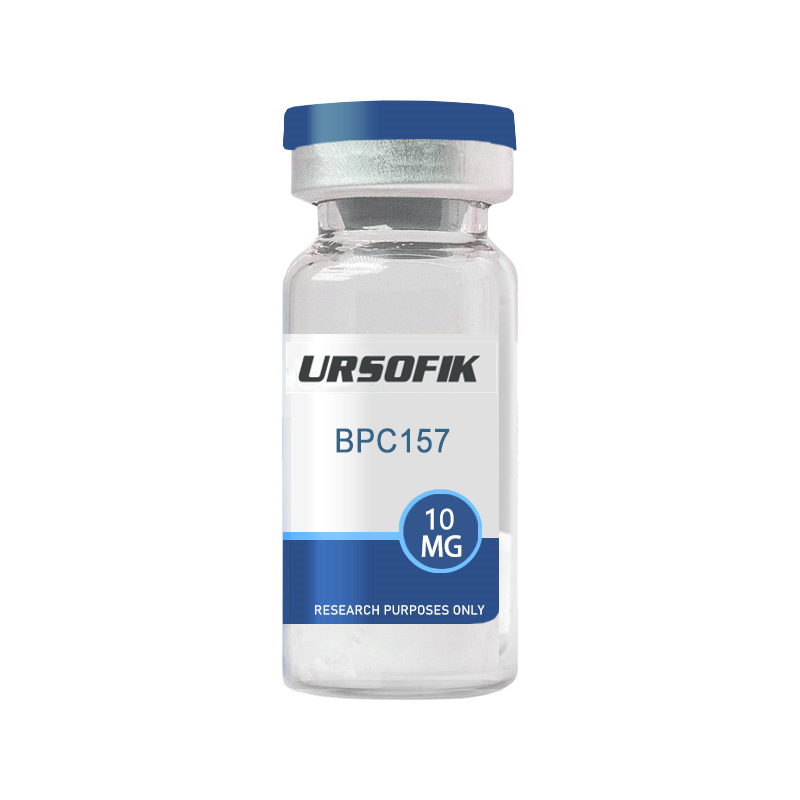
Key Benefits of BPC-157: Accelerated Healing: BPC-157 has demonstrated remarkable properties in accelerating the healing of various tissues, including muscles, tendons, ligaments, and even the gastrointestinal tract. This makes it a potential asset for individuals recovering from injuries or surgeries. Anti-Inflammatory Effects: The peptide exhibits strong anti-inflammatory properties, helping to reduce inflammation in different parts of the body. This anti-inflammatory effect can contribute to pain relief and improved mobility in individuals with conditions such as arthritis or sports-related injuries. Joint Health: Studies suggest that BPC-157 may play a role in supporting joint health by promoting the repair and regeneration of connective tissues. This can be particularly beneficial for athletes and those with joint-related issues. Gastrointestinal Support: BPC-157 has been researched extensively for its positive effects on the gastrointestinal tract. It may aid in the healing of ulcers, improve gut integrity, and support overall digestive health. Neuroprotective Properties: Some studies suggest that BPC-157 may have neuroprotective effects, potentially ...
Read More
What is AOD-9604? AOD-9604 is a synthetic peptide and modified fragment of hGH, specifically the C-terminal region (amino acids 177-191). It was developed with the intention of mimicking the fat-burning properties of hGH without its muscle-building effects, which are not always desired in the context of weight loss. How AOD-9604 Works AOD-9604 stimulates the pituitary gland, similar to how natural growth hormones regulate fat metabolism. It activates lipolysis, the breakdown of fats, and inhibits lipogenesis, the formation of fats. The peptide has been shown to reduce body weight in animal studies and in some human trials. AOD-9604 and Metabolic Health Research has shown that AOD-9604 can influence lipid metabolism in several ways. It has been observed to increase lipolysis, which is the breakdown of fat, and reduce lipogenesis, the process of transforming non-fat food materials into body fat . These effects were noted in obese mice and beta(3)-adrenergic receptor knock-out mice, suggesting that AOD-9604’s actions are not mediated directly through the beta(3)-adrenergic receptor, a known facilitator of lipolysis . AOD-9604 and Weight Loss Research has sh ...
Read More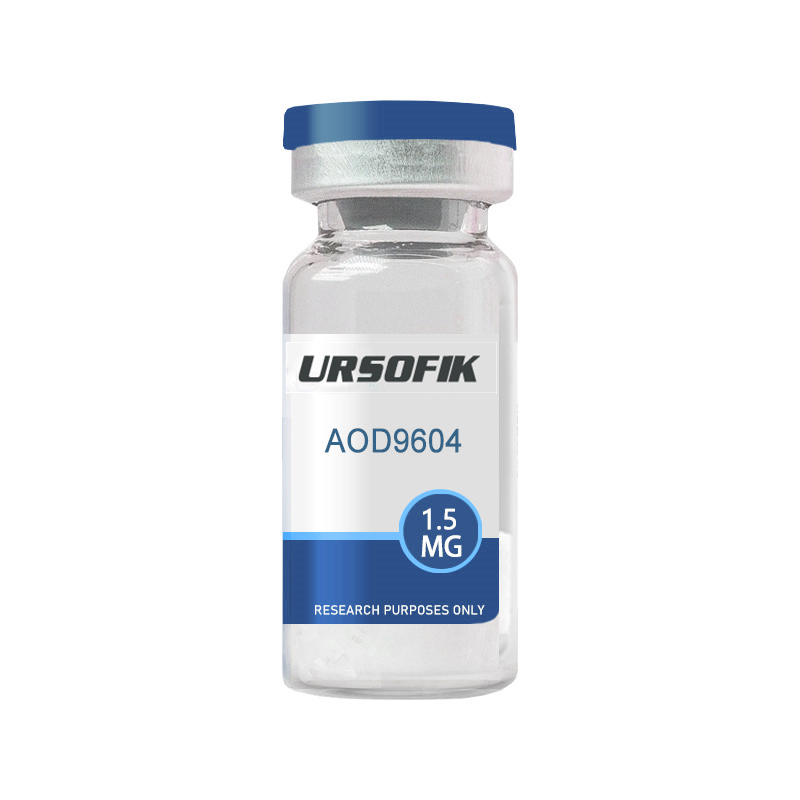
What is AOD-9604? AOD-9604 is a synthetic peptide and modified fragment of hGH, specifically the C-terminal region (amino acids 177-191). It was developed with the intention of mimicking the fat-burning properties of hGH without its muscle-building effects, which are not always desired in the context of weight loss. How AOD-9604 Works AOD-9604 stimulates the pituitary gland, similar to how natural growth hormones regulate fat metabolism. It activates lipolysis, the breakdown of fats, and inhibits lipogenesis, the formation of fats. The peptide has been shown to reduce body weight in animal studies and in some human trials. AOD-9604 and Metabolic Health Research has shown that AOD-9604 can influence lipid metabolism in several ways. It has been observed to increase lipolysis, which is the breakdown of fat, and reduce lipogenesis, the process of transforming non-fat food materials into body fat . These effects were noted in obese mice and beta(3)-adrenergic receptor knock-out mice, suggesting that AOD-9604’s actions are not mediated directly through the beta(3)-adrenergic receptor, a known facilitator of lipolysis . AOD-9604 and Weight Loss Research has shown ...
Read More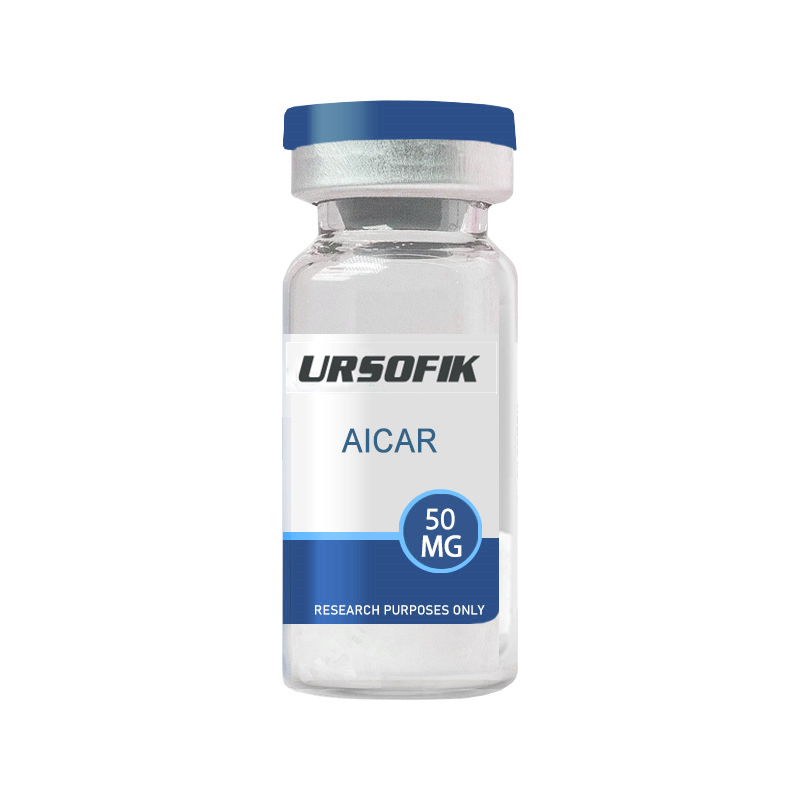
What is AICAR? AICAR, also known as 5-aminoimidazole-4-carboxamide nucleoside, is an AMP-activated protein kinase agonist. AICAR (5-amino-4-imidazolecarboxamide nucleoside) is endogenously produced from intermediates in the purine biosynthetic pathway. In human athletes, urine [AICAR] correlates with sex (male > female), season of exercise (in-competition > out-of-competition), and sport (weightlifting > football). Plasma AICAR is hypothesized to increase with exercise. An LC-MS-MS method was developed to quantify AICAR in plasma collected from racehorses immediately before and after racing. After racing, plasma AICAR levels were elevated in the majority of horses, independent of age, sex, or performance in the group. After intravenous administration of AICAR, mean arterial blood pressure decreased dramatically despite compensatory increases in cardiac output and heart rate. Exercise-induced increases in AICAR may promote vasodilation. This research was supported by the Horse Racing Drug and Testing Alliance, the Pennsylvania Horse Racing Commission, the Pennsylvania Harness Riders Association, the Meadows Standardbred Owners Association, and the Pennsylvania Riders Benevolent and Protective Assoc ...
Read More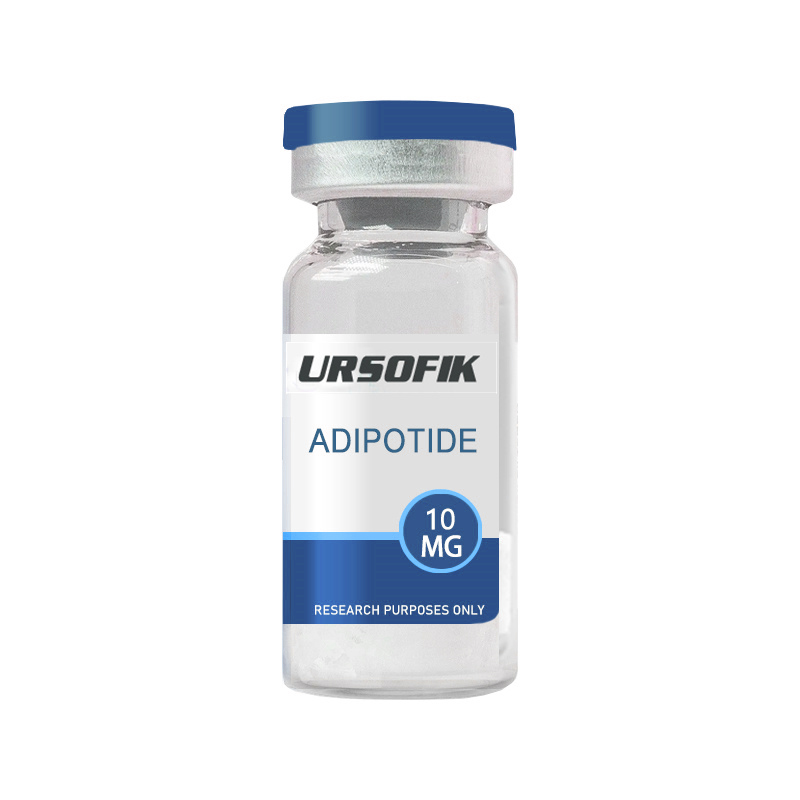
AICAR Peptide AICAR or 5-Aminoimidazole-4-carboxamide ribonucleotide, is a synthetic adenosine monophosphate analog. It was developed to stimulate the AMP-dependent protein kinase (AMPK) activity.[1,2] It is currently being investigated as a protective agent against ischemic damage in the cardiac myocytes during cardiac injury. The AMP-activated protein kinase is an enzyme and a protein that may play a regulatory role in several metabolic pathways. Its expression has been observed in several tissues, including the skeletal muscles, liver, and brain. In all these tissues, it is considered to exert a potential net effect on lipogenesis and may inhibit cholesterol synthesis and ketogenesis. It may also modulate insulin secretion and skeletal muscle fatty acid oxidation with glucose uptake. Several energy deficit states may trigger the release of AMPK, like hypoxia or hypoglycemia. AICAR Research AICAR AND THE HEART AICAR has been researched for its potential two-way protective role in protecting the heart from the ischemia associated with CVD. Inflammation is considered to be a significant contributor to the disease pathology in atherosclerosis and other heart diseases. Research ...
Read More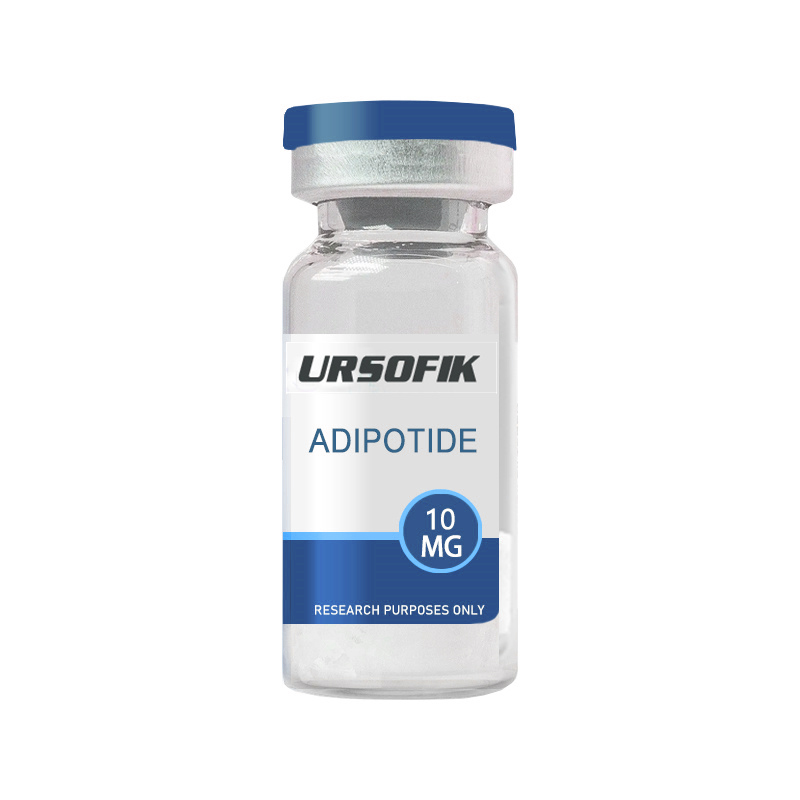
AICAR Peptide AICAR or 5-Aminoimidazole-4-carboxamide ribonucleotide, is a synthetic adenosine monophosphate analog. It was developed to stimulate the AMP-dependent protein kinase (AMPK) activity.[1,2] It is currently being investigated as a protective agent against ischemic damage in the cardiac myocytes during cardiac injury. The AMP-activated protein kinase is an enzyme and a protein that may play a regulatory role in several metabolic pathways. Its expression has been observed in several tissues, including the skeletal muscles, liver, and brain. In all these tissues, it is considered to exert a potential net effect on lipogenesis and may inhibit cholesterol synthesis and ketogenesis. It may also modulate insulin secretion and skeletal muscle fatty acid oxidation with glucose uptake. Several energy deficit states may trigger the release of AMPK, like hypoxia or hypoglycemia. AICAR Research AICAR AND THE HEART AICAR has been researched for its potential two-way protective role in protecting the heart from the ischemia associated with CVD. Inflammation is considered to be a significant contributor to the disease pathology in atherosclerosis and other heart diseases. Research on rabbit ...
Read More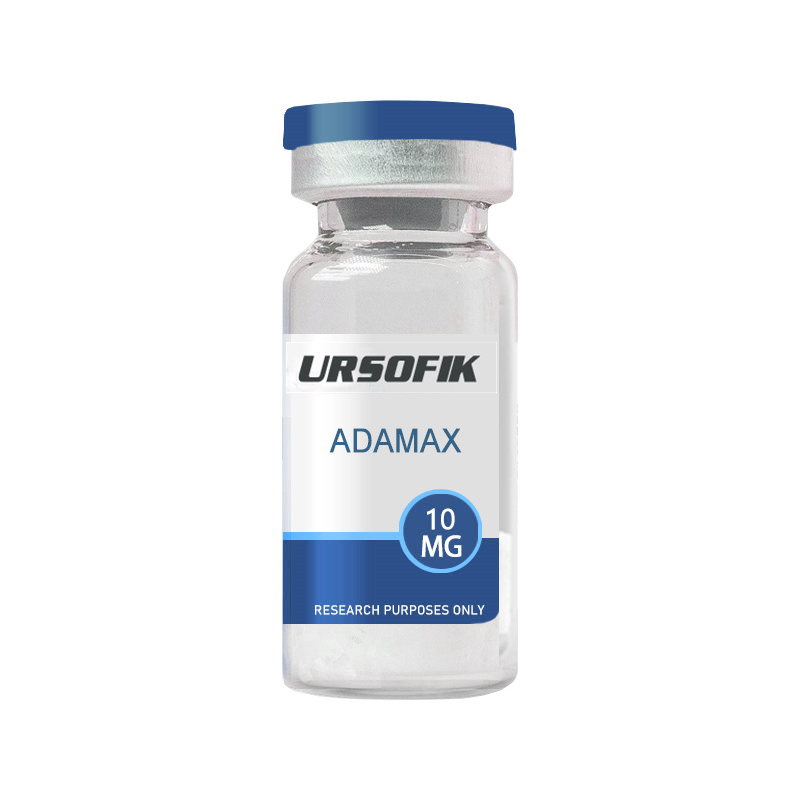
Adamax Peptide Research Adamax is a nootropic peptide that is considered an improved version of Semax, a neuropeptide. It has been gaining attention for its potential benefits in cognitive enhancement, neuroprotection, and neurogenesis. Adamax and Cognitive Function Adamax is a potent derivative of the neuropeptide Semax, known for its nootropic properties. It is believed to enhance cognitive function by increasing the levels of Brain-Derived Neurotrophic Factor (BDNF) and improving the sensitivity of TrkB receptors in the hippocampus. Research suggests that regular and sustained use of Adamax may promote long-term changes in brain function, potentially resulting in improved cognitive abilities over time. Adamax and Neuroprotection Adamax is thought to possess neuroprotective properties, which protect neurons (nerve cells) in the brain from harm, degeneration, and oxidative stress. By exerting neuroprotective effects, Adamax may help reduce the negative impacts of factors that cause neuronal loss, which can lead to conditions such as neurodegenerative disorders and age-related cognitive decline. Adamax and Neurogenesis Adamax may promote neurogenesis, the formation of new neurons. Th ...
Read More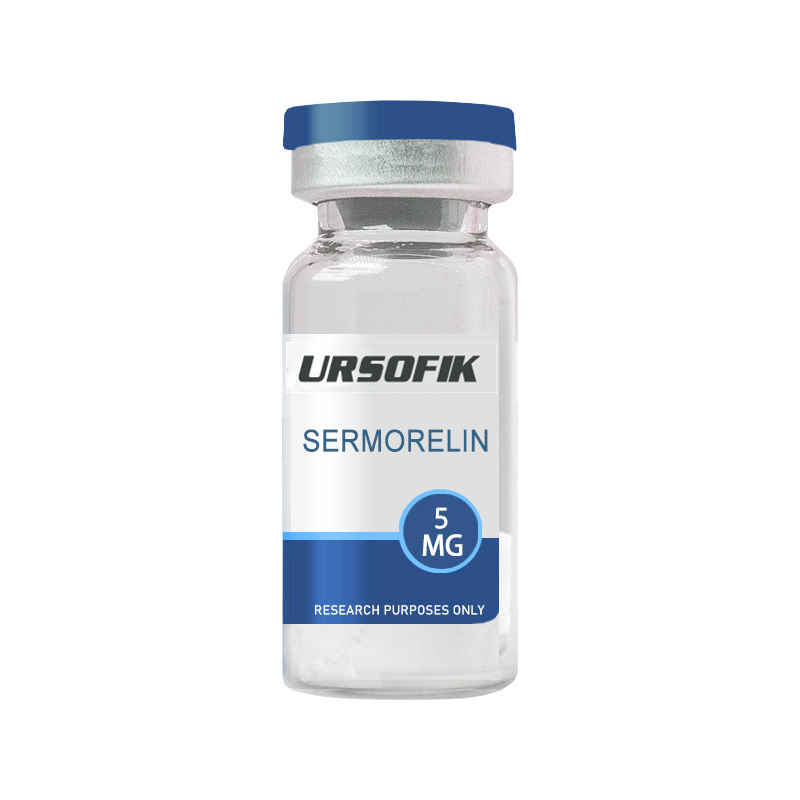
What is Sermorelin? Sermorelin is a synthetic peptide analog of human growth hormone-releasing hormone (GHRH). It was developed by EMD Serono, a German company, for the treatment of growth hormone deficiency (GHD) in children and adults. The main function of the peptide is to stimulate the body to produce and release growth hormone (GH). After clinical trials, growth hormone-releasing peptide was first approved by the U.S. Food and Drug Administration (FDA) in 1997 under the trade name "Geref" for the treatment of growth hormone deficiency (GHD) in children and adults. In 2008, the FDA stopped approving the drug for commercial reasons unrelated to safety or effectiveness. Growth hormone-releasing peptide can also be used as a diagnostic agent to evaluate whether the pituitary gland in a particular patient is functioning properly and releasing adequate amounts of growth hormone. Other applications of this peptide are currently being studied, including its role in the diagnosis and treatment of hormone deficiencies, including its role in sleep quality, heart health, and even as a new type of brain tumor treatment. Sermorelin Benefits | Clinical Trials Our team conducted a literature review us ...
Read More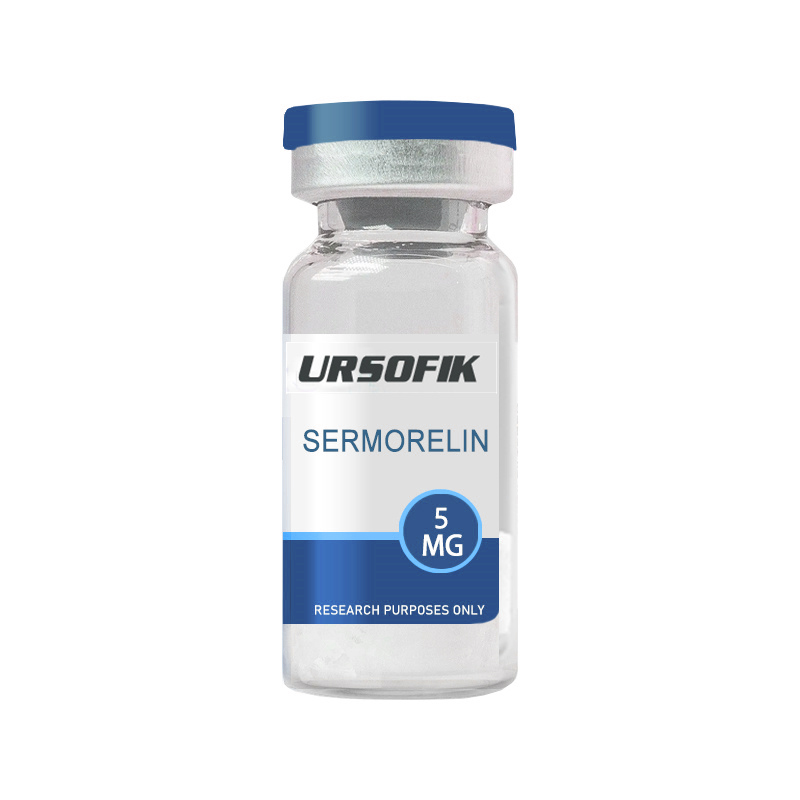
What is Sermorelin? Sermorelin is a synthetic peptide analog of human growth hormone-releasing hormone (GHRH). It was developed by EMD Serono, a German company, for the treatment of growth hormone deficiency (GHD) in children and adults. The main function of the peptide is to stimulate the body to produce and release growth hormone (GH). After clinical trials, growth hormone-releasing peptide was first approved by the U.S. Food and Drug Administration (FDA) in 1997 under the trade name "Geref" for the treatment of growth hormone deficiency (GHD) in children and adults. In 2008, the FDA stopped approving the drug for commercial reasons unrelated to safety or effectiveness. Growth hormone-releasing peptide can also be used as a diagnostic agent to evaluate whether the pituitary gland in a particular patient is functioning properly and releasing adequate amounts of growth hormone. Other applications of this peptide are currently being studied, including its role in the diagnosis and treatment of hormone deficiencies, including its role in sleep quality, heart health, and even as a new type of brain tumor treatment. Sermorelin Benefits | Clinical Trials Our team conducted a literature review us ...
Read More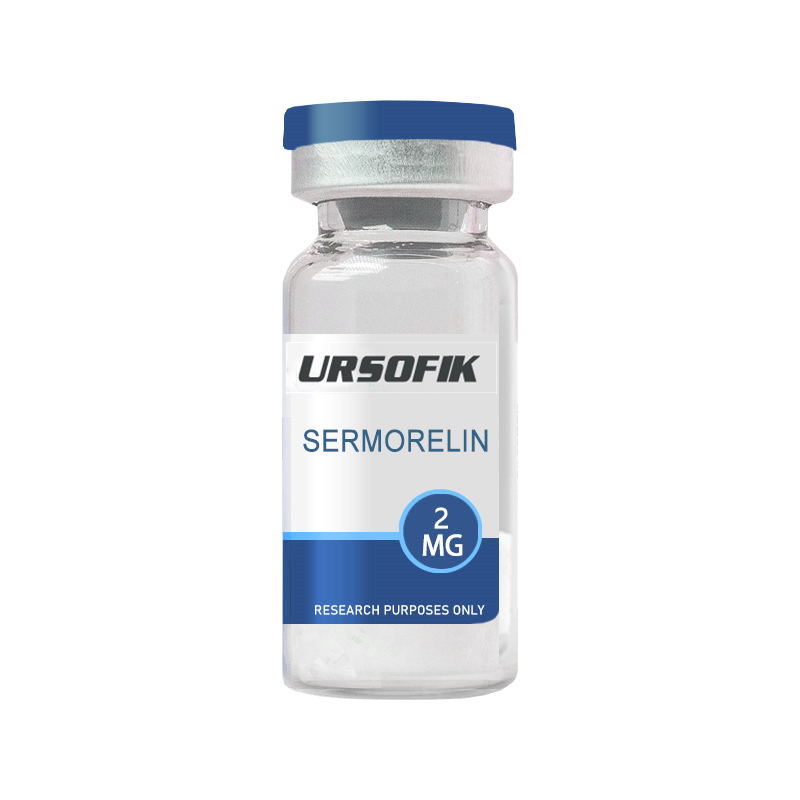
What is Sermorelin? Sermorelin is a synthetic peptide analog of human growth hormone-releasing hormone (GHRH). It was developed by EMD Serono, a German company, for the treatment of growth hormone deficiency (GHD) in children and adults. The main function of the peptide is to stimulate the body to produce and release growth hormone (GH). After clinical trials, growth hormone-releasing peptide was first approved by the U.S. Food and Drug Administration (FDA) in 1997 under the trade name "Geref" for the treatment of growth hormone deficiency (GHD) in children and adults. In 2008, the FDA stopped approving the drug for commercial reasons unrelated to safety or effectiveness. Growth hormone-releasing peptide can also be used as a diagnostic agent to evaluate whether the pituitary gland in a particular patient is functioning properly and releasing adequate amounts of growth hormone. Other applications of this peptide are currently being studied, including its role in the diagnosis and treatment of hormone deficiencies, including its role in sleep quality, heart health, and even as a new type of brain tumor treatment. Sermorelin Benefits | Clinical Trials Our team conducted a literature review us ...
Read More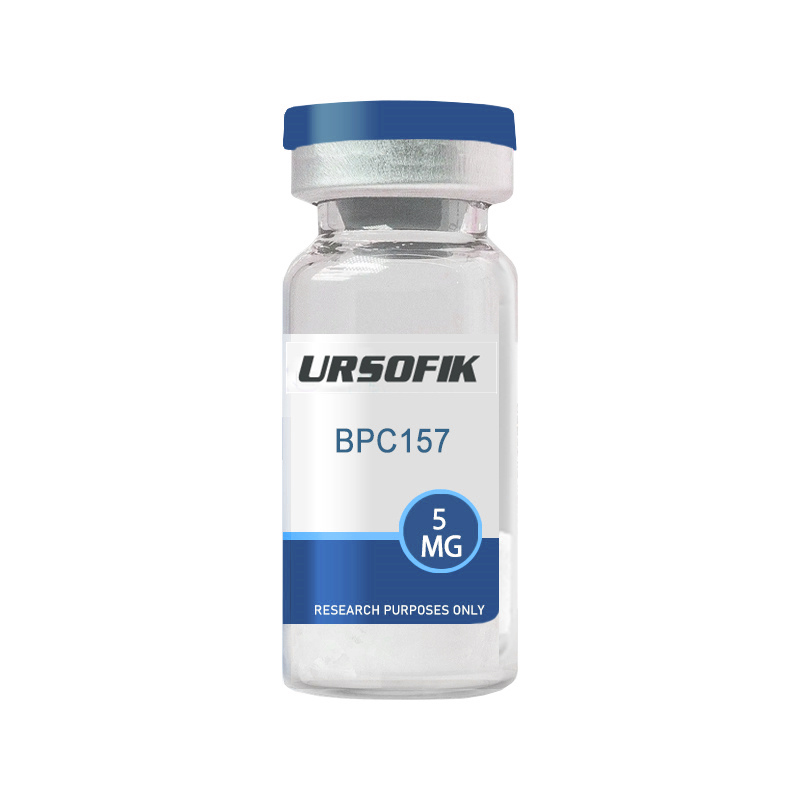
Key Benefits of BPC-157: Accelerated Healing: BPC-157 has demonstrated remarkable properties in accelerating the healing of various tissues, including muscles, tendons, ligaments, and even the gastrointestinal tract. This makes it a potential asset for individuals recovering from injuries or surgeries. Anti-Inflammatory Effects: The peptide exhibits strong anti-inflammatory properties, helping to reduce inflammation in different parts of the body. This anti-inflammatory effect can contribute to pain relief and improved mobility in individuals with conditions such as arthritis or sports-related injuries. Joint Health: Studies suggest that BPC-157 may play a role in supporting joint health by promoting the repair and regeneration of connective tissues. This can be particularly beneficial for athletes and those with joint-related issues. Gastrointestinal Support: BPC-157 has been researched extensively for its positive effects on the gastrointestinal tract. It may aid in the healing of ulcers, improve gut integrity, and support overall digestive health. Neuroprotective Properties: Some studies suggest that BPC-157 may have neuroprotective effects, potentially ...
Read More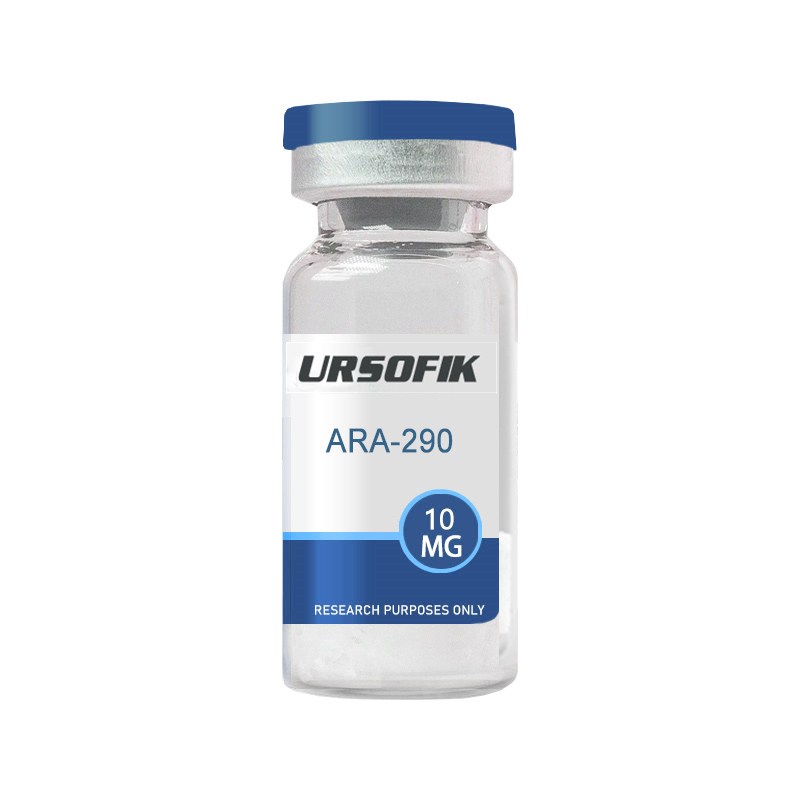
ARA-290 Research ARA-290 is a variant of erythropoietin, engineered to selectively interact with the innate repair receptor. This peptide has been shown to decrease inflammatory pathways and promote tissue protection without the hematopoietic effects associated with erythropoietin. Research indicates that ARA-290 can help reduce HbA1c levels, improve cholesterol profiles, modulate neuropathic pain, and stimulate wound repair. ARA-290 and Tissue Repair ARA-290’s interaction with the innate repair receptor facilitates tissue protection and repair by antagonizing inflammatory processes. This action has been observed in preclinical models of neuropathy, where ARA-290 reduced allodynia and promoted healing. These properties make it a promising candidate for further research into therapies targeting tissue damage and inflammation . ARA-290 and Metabolic Control Studies have demonstrated that ARA-290 can improve metabolic control in patients with type 2 diabetes. In a clinical trial, subjects receiving ARA-290 showed significant improvements in hemoglobin A1c (HbA1c) levels and lipid profiles over a 56-day period. These findings suggest that ARA-290 ...
Read More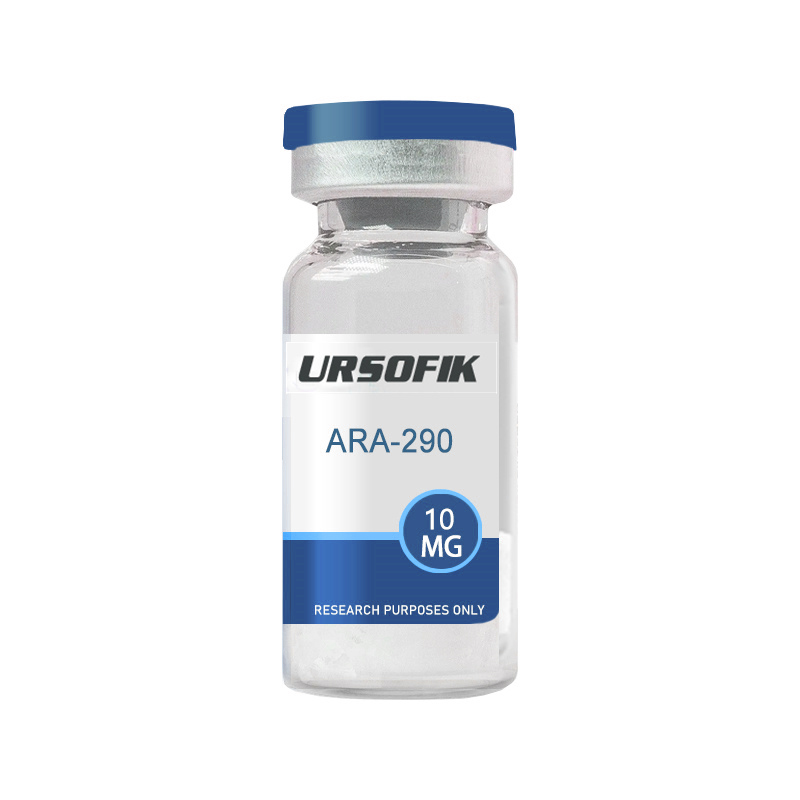
ARA-290 Research ARA-290 is a variant of erythropoietin, engineered to selectively interact with the innate repair receptor. This peptide has been shown to decrease inflammatory pathways and promote tissue protection without the hematopoietic effects associated with erythropoietin. Research indicates that ARA-290 can help reduce HbA1c levels, improve cholesterol profiles, modulate neuropathic pain, and stimulate wound repair. ARA-290 and Tissue Repair ARA-290’s interaction with the innate repair receptor facilitates tissue protection and repair by antagonizing inflammatory processes. This action has been observed in preclinical models of neuropathy, where ARA-290 reduced allodynia and promoted healing. These properties make it a promising candidate for further research into therapies targeting tissue damage and inflammation . ARA-290 and Metabolic Control Studies have demonstrated that ARA-290 can improve metabolic control in patients with type 2 diabetes. In a clinical trial, subjects receiving ARA-290 showed significant improvements in hemoglobin A1c (HbA1c) levels and lipid profiles over a 56-day period. These findings sugge ...
Read More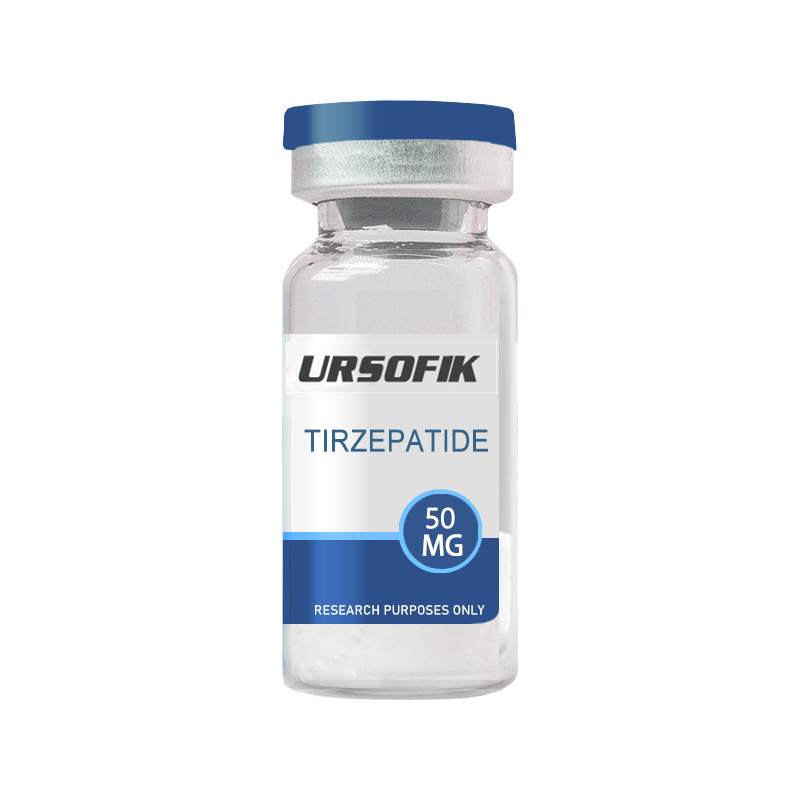
What is Tirzepatide? Tirzepatide is a synthetic peptide that acts as a dual agonist at the glucose-dependent insulin secretagogue polypeptide (GIP) and glucagon-like peptide-1 (GLP-1) receptors. The compound has been studied for its potential to affect glucose regulation and energy balance. Researchers are particularly interested in Tirzepatide because of its potential role in treating metabolic disorders, including those associated with insulin resistance and excess weight. How does Tirzepatide work? Tirzepatide is designed to activate both GIP and GLP-1 receptors, which are involved in regulating insulin secretion and glucose homeostasis. By stimulating these receptors, Tirzepatide can enhance insulin secretion in response to elevated blood glucose, inhibit glucagon release, and slow gastric emptying. In addition, this dual agonist effect may help reduce appetite and caloric intake by acting on receptors within the central nervous system, which may be beneficial for weight management. What are the potential benefits of Tirzepatide? Research suggests that Tirzepatide may offer several potential benefits: Improved blood sugar control: Tirzepatide may ...
Read More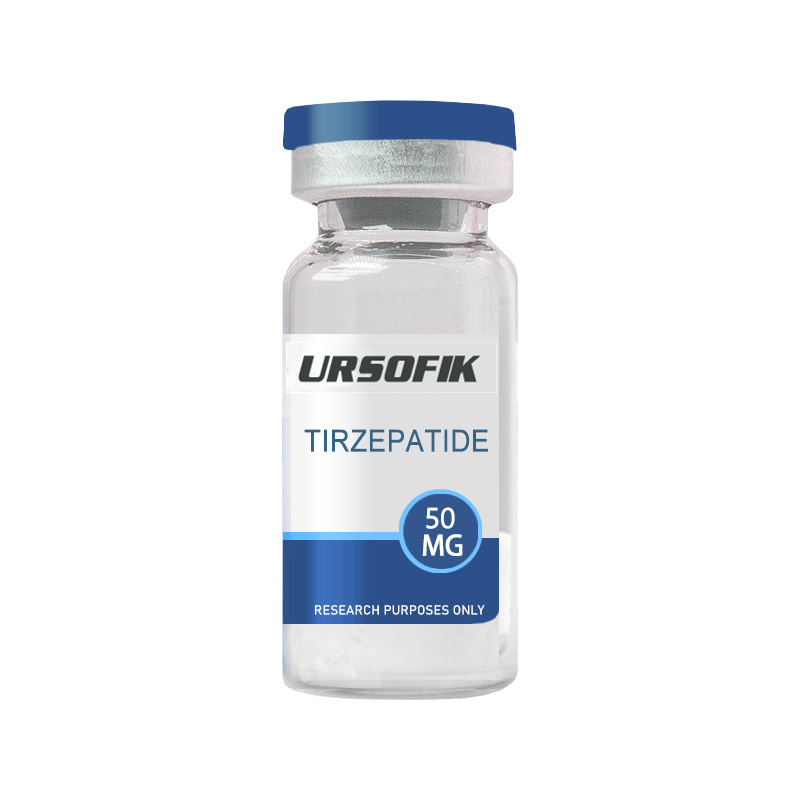
What is Tirzepatide? Tirzepatide is a synthetic peptide that acts as a dual agonist at the glucose-dependent insulin secretagogue polypeptide (GIP) and glucagon-like peptide-1 (GLP-1) receptors. The compound has been studied for its potential to affect glucose regulation and energy balance. Researchers are particularly interested in Tirzepatide because of its potential role in treating metabolic disorders, including those associated with insulin resistance and excess weight. How does Tirzepatide work? Tirzepatide is designed to activate both GIP and GLP-1 receptors, which are involved in regulating insulin secretion and glucose homeostasis. By stimulating these receptors, Tirzepatide can enhance insulin secretion in response to elevated blood glucose, inhibit glucagon release, and slow gastric emptying. In addition, this dual agonist effect may help reduce appetite and caloric intake by acting on receptors within the central nervous system, which may be beneficial for weight management. What are the potential benefits of Tirzepatide? Research suggests that Tirzepatide may offer several potential benefits: Improved blood sugar control: Tirzepatide may ...
Read More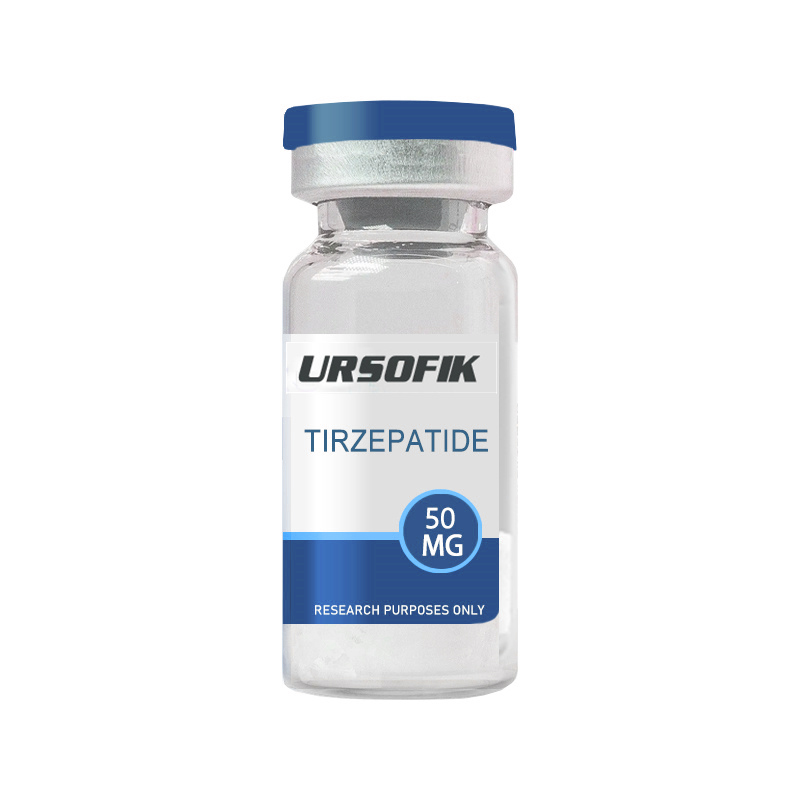
What is Tirzepatide? Tirzepatide is a synthetic peptide that acts as a dual agonist at the glucose-dependent insulin secretagogue polypeptide (GIP) and glucagon-like peptide-1 (GLP-1) receptors. The compound has been studied for its potential to affect glucose regulation and energy balance. Researchers are particularly interested in Tirzepatide because of its potential role in treating metabolic disorders, including those associated with insulin resistance and excess weight. How does Tirzepatide work? Tirzepatide is designed to activate both GIP and GLP-1 receptors, which are involved in regulating insulin secretion and glucose homeostasis. By stimulating these receptors, Tirzepatide can enhance insulin secretion in response to elevated blood glucose, inhibit glucagon release, and slow gastric emptying. In addition, this dual agonist effect may help reduce appetite and caloric intake by acting on receptors within the central nervous system, which may be beneficial for weight management. What are the potential benefits of Tirzepatide? Research suggests that Tirzepatide may offer several potential benefits: Improved blood sugar control: Tirzepatide may ...
Read More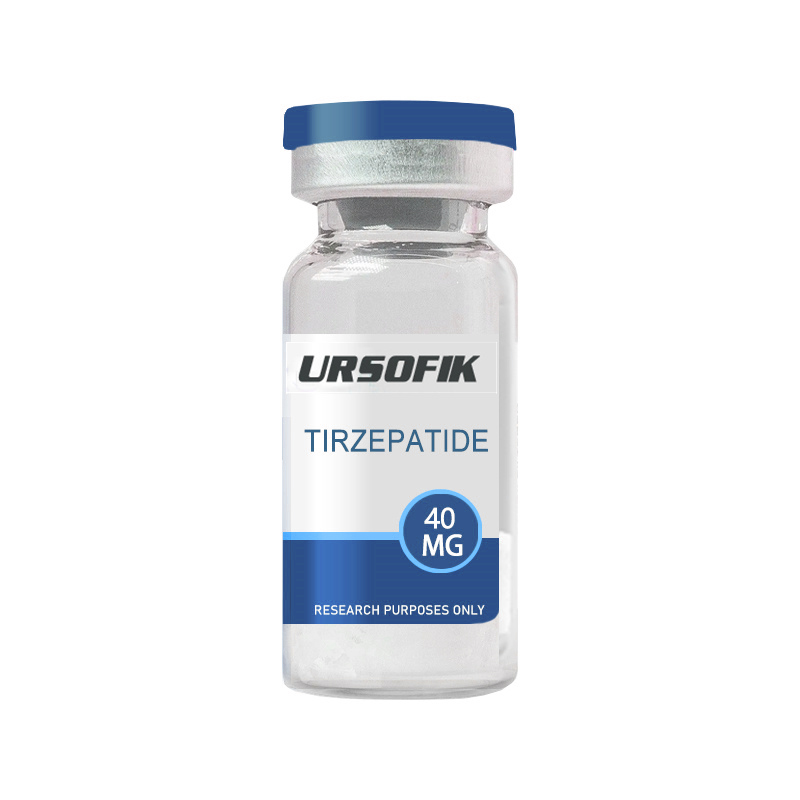
What is Tirzepatide? Tirzepatide is a synthetic peptide that acts as a dual agonist at the glucose-dependent insulin secretagogue polypeptide (GIP) and glucagon-like peptide-1 (GLP-1) receptors. The compound has been studied for its potential to affect glucose regulation and energy balance. Researchers are particularly interested in Tirzepatide because of its potential role in treating metabolic disorders, including those associated with insulin resistance and excess weight. How does Tirzepatide work? Tirzepatide is designed to activate both GIP and GLP-1 receptors, which are involved in regulating insulin secretion and glucose homeostasis. By stimulating these receptors, Tirzepatide can enhance insulin secretion in response to elevated blood glucose, inhibit glucagon release, and slow gastric emptying. In addition, this dual agonist effect may help reduce appetite and caloric intake by acting on receptors within the central nervous system, which may be beneficial for weight management. What are the potential benefits of Tirzepatide? Research suggests that Tirzepatide may offer several potential benefits: Improved blood sugar control: Tirzepatide may ...
Read More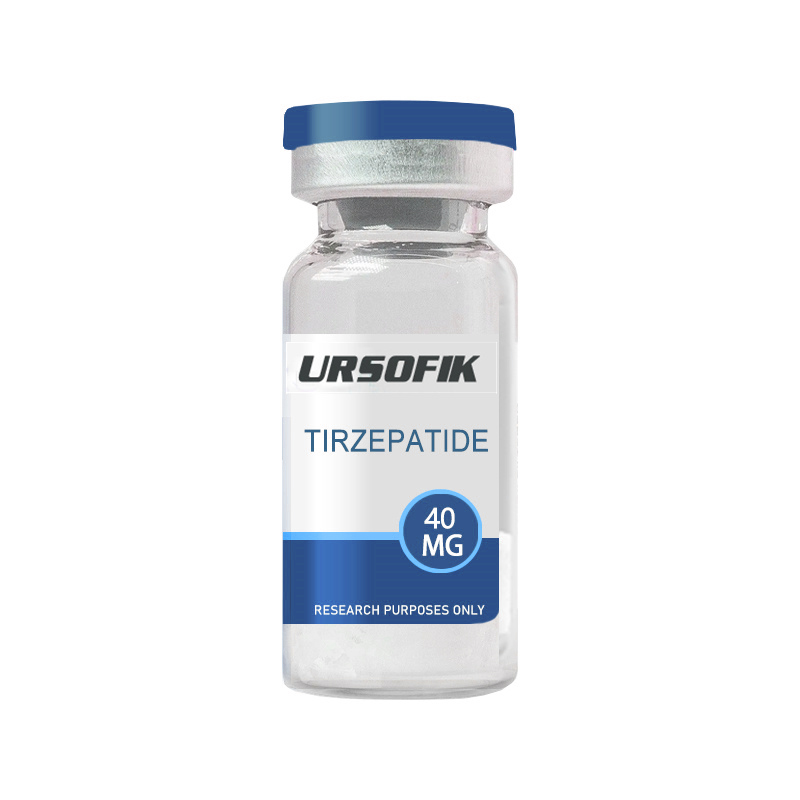
What is Tirzepatide? Tirzepatide is a synthetic peptide that acts as a dual agonist at the glucose-dependent insulin secretagogue polypeptide (GIP) and glucagon-like peptide-1 (GLP-1) receptors. The compound has been studied for its potential to affect glucose regulation and energy balance. Researchers are particularly interested in Tirzepatide because of its potential role in treating metabolic disorders, including those associated with insulin resistance and excess weight. How does Tirzepatide work? Tirzepatide is designed to activate both GIP and GLP-1 receptors, which are involved in regulating insulin secretion and glucose homeostasis. By stimulating these receptors, Tirzepatide can enhance insulin secretion in response to elevated blood glucose, inhibit glucagon release, and slow gastric emptying. In addition, this dual agonist effect may help reduce appetite and caloric intake by acting on receptors within the central nervous system, which may be beneficial for weight management. What are the potential benefits of Tirzepatide? Research suggests that Tirzepatide may offer several potential benefits: Improved blood sugar control: Tirzepatide ...
Read More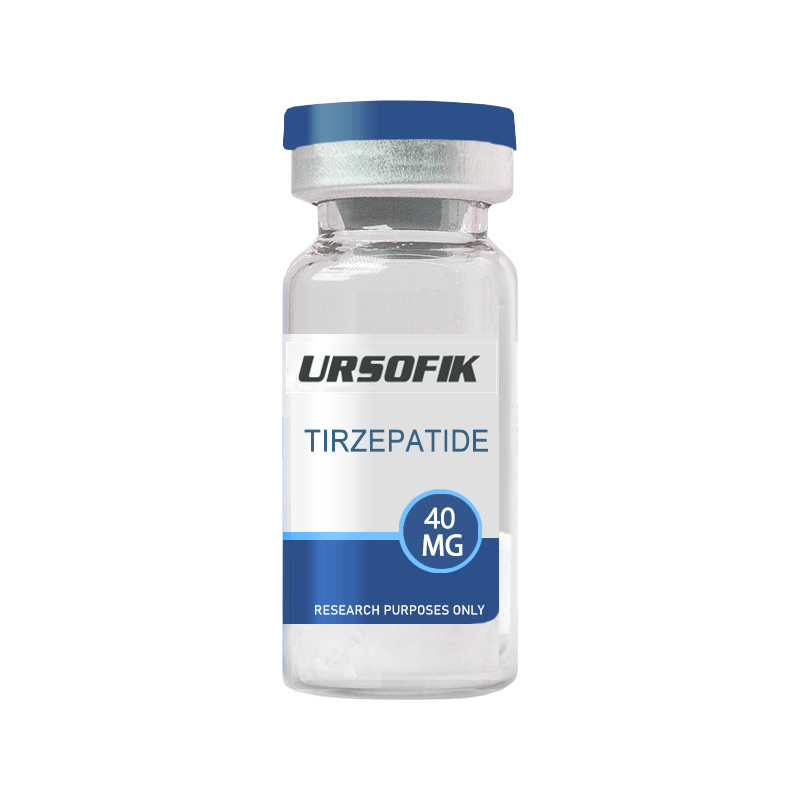
What is Tirzepatide? Tirzepatide is a synthetic peptide that acts as a dual agonist at the glucose-dependent insulin secretagogue polypeptide (GIP) and glucagon-like peptide-1 (GLP-1) receptors. The compound has been studied for its potential to affect glucose regulation and energy balance. Researchers are particularly interested in Tirzepatide because of its potential role in treating metabolic disorders, including those associated with insulin resistance and excess weight. How does Tirzepatide work? Tirzepatide is designed to activate both GIP and GLP-1 receptors, which are involved in regulating insulin secretion and glucose homeostasis. By stimulating these receptors, Tirzepatide can enhance insulin secretion in response to elevated blood glucose, inhibit glucagon release, and slow gastric emptying. In addition, this dual agonist effect may help reduce appetite and caloric intake by acting on receptors within the central nervous system, which may be beneficial for weight management. What are the potential benefits of Tirzepatide? Research suggests that Tirzepatide may offer several potential benefits: Improved blood sugar control: Tirzepatide may ...
Read More

